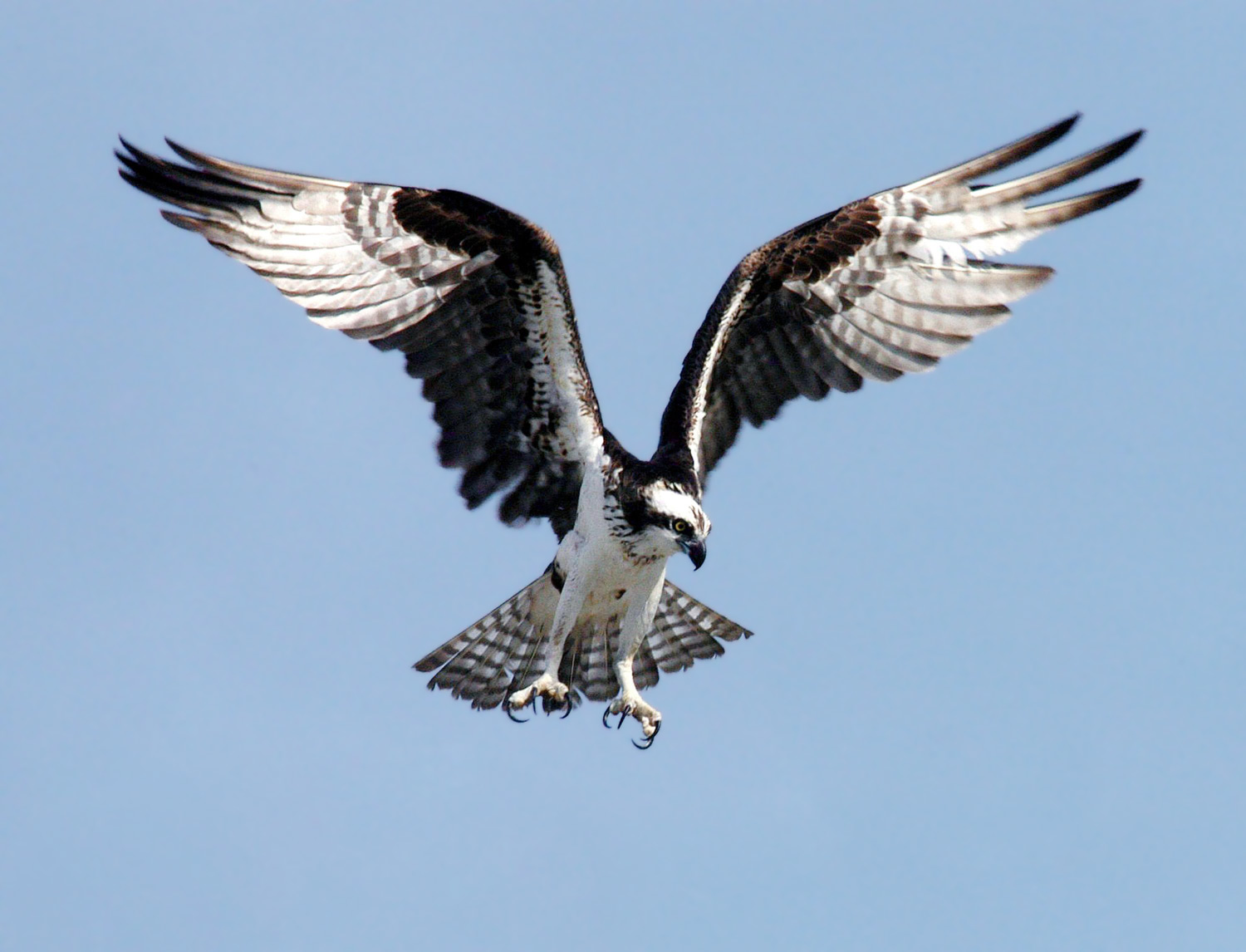 Until 2016, Canada did not have a national bird. You would think it would be the loon as the dollar coin which pictures this bird is known as the “loonie.” And the look was popular in a poll to pick the national bird. However, after some discussion, the Gray Jay (now called the Canada Jay) was chosen. Each province also has its own bird. The provincial bird of Nova Scotia is the Osprey.
Until 2016, Canada did not have a national bird. You would think it would be the loon as the dollar coin which pictures this bird is known as the “loonie.” And the look was popular in a poll to pick the national bird. However, after some discussion, the Gray Jay (now called the Canada Jay) was chosen. Each province also has its own bird. The provincial bird of Nova Scotia is the Osprey.
Nova Scotia means “New Scotland” and has a fascinating history involving Native Canadians, Scottish, British, French, and the Acadians, descendents of French colonists, who were driven out by the British, a number of them settling in Louisiana, – the “Cajuns.”
The Osprey’s genus name is Pandion, after a mythical king of Athens who was transformed into an eagle. “Osprey” is from the Greek, meaning “bone breaker.” It has also been called the “sea hawk” and “sea eagle.”The Osprey is found around the world where there are appropriate nesting sites and fresh fish that can be caught near the water’s surface – every continent except Antarctica.
The Osprey eats fish 99% of the time and it is well adapted to do so. It, like almost all birds, has four toes with claws. Most birds have three toes facing forward and one back. So the does the Osprey, except when it dives for fish, at which time it swings one of its front toes backward so that it has two in front and two in back, all the better to latch onto fish with. When the Osprey spots a fish, it extends its wings backwards and its feet forward and descends rapidly to the surface of the lake or river, catching a fish in about 1/3 of its attempts. The bird might even submerge itself in the process. The toes have very long strongly curved and rounded claws which easily penetrate the fish. The bird manipulates the fish in mid-air so its head is forward and thus aerodynamic. Fish are slippery, so gripping and carrying the fish is assisted by hundreds of prickly scales on the bottom of the Osprey’s toes.
Ospreys nest on the tops of dead trees, utility poles, duck blinds or artificial structures built for them. The same nest may be used year after year and there is some evidence that pairs mate for life. Another structure nearby the nest, known as a “pilot perch”, is where the male observes the nest and defends his territory. Typically laying 2-3 eggs, the young hatch two or three days apart. When food is abundant, all the nestlings fledge; when food is scarce, only the oldest chick may survive.
“Bird cams” are computer connected cameras aimed at birds’ nests or feeding sites. There is an OspreyCam in Nova Scotia which allows people worldwide to see a real-time view of a pair of ospreys, Ethel and Oscar, which nest atop an unused power pole. The OspreyCam, which was visited over 55,000 times this season, attracts viewers from around the world from May through August.
.